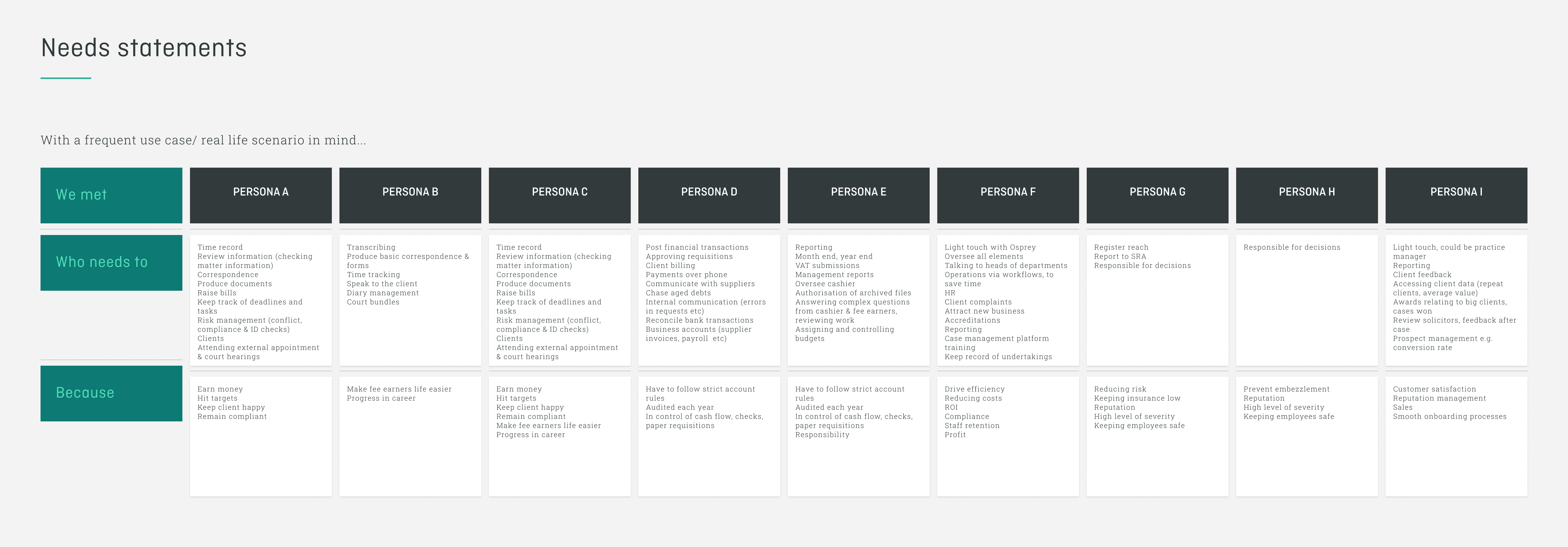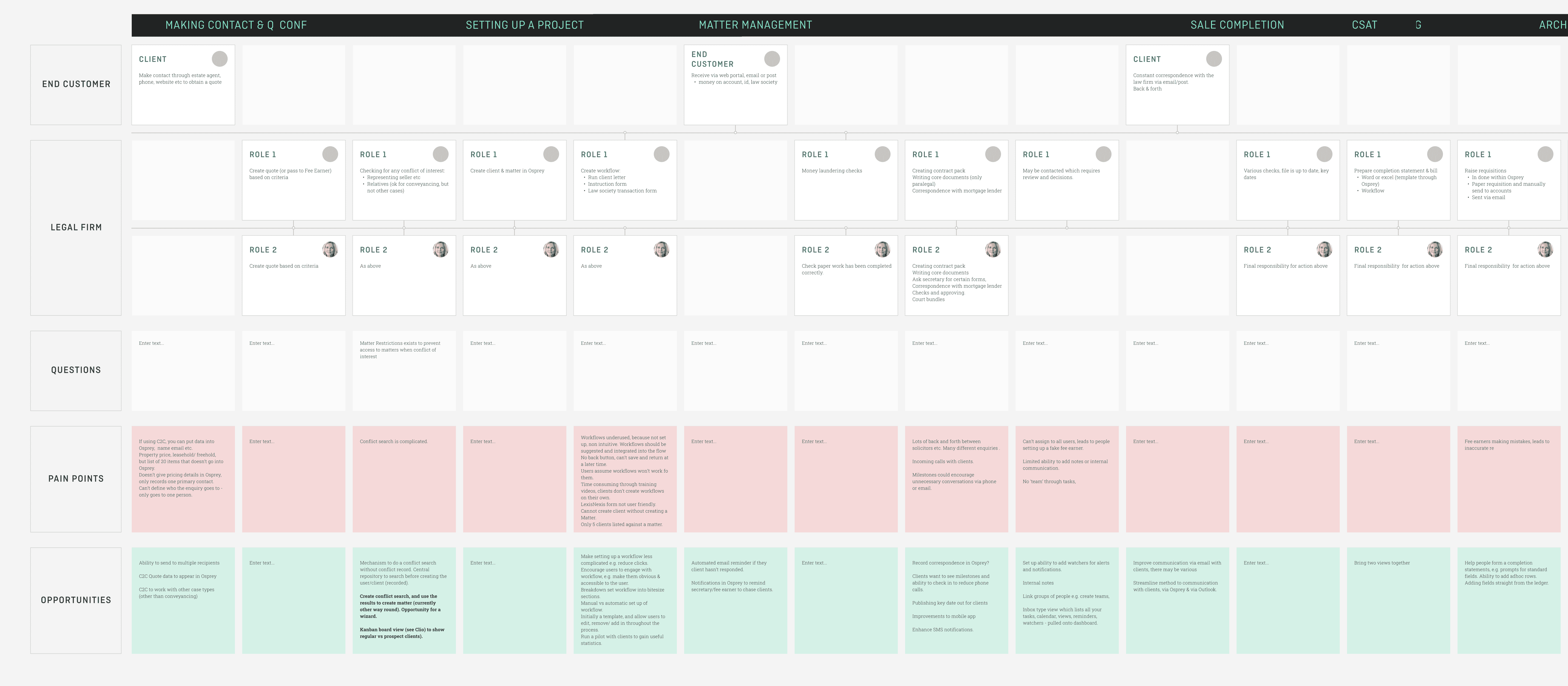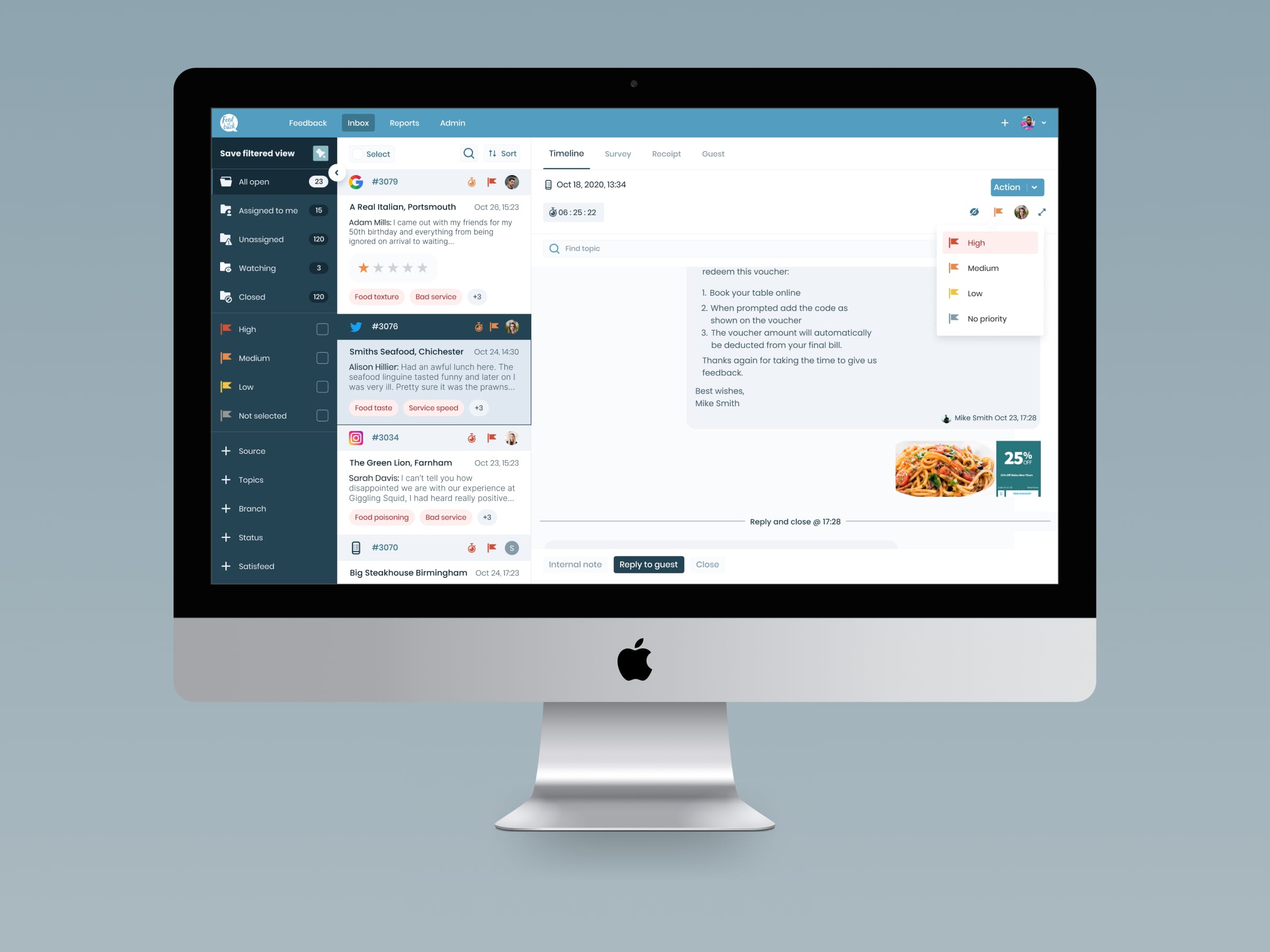What is UX design?
User experience design (UX design) is about designing and refining digital interfaces, such as those used in websites, apps, and software, to enhance usability, accessibility, and overall user satisfaction. In short, the focus of UX design is to create intuitive and engaging interfaces that allow users to do what they want to with ease.
Objectives of UX design
Usability is the objective at the forefront of UX design. It’s all about making sure that the interfaces we design are easy to use and navigate. On a practical level, this means simplifying user flows, minimising the number of steps to complete tasks, and crafting a structure that users can intuitively understand and follow. An example of effective UX design might look like a well-designed e-commerce website that makes it easy for users to find products, add them to their cart, and complete the checkout process without any confusion.
Accessibility is another crucial aspect of effective UX design. This focuses on making sure that digital products and interfaces are accessible and easy for everyone to use. This includes designing for screen readers, providing text alternatives for images, and ensuring keyboard navigability.
Finally, engagement is all about creating interactions that keep users coming back. This can mean using interactive elements, animations, and personalised experiences within your interface that make the interaction more enjoyable and memorable for the user.
Key methods and techniques in user experience design
As UX designers, we can use a range of methods and techniques to achieve the different objectives of UX design. Some examples of these techniques include user research, prototyping, and testing.
User research refers to the collection of highly relevant data through surveys, interviews, and observation to understand user needs and behaviours. If done well, user research can be used to inform the design process and allow us to optimise for usability.
Following user research, designers typically move on to prototyping, where preliminary versions of a design are developed to test concepts and gather feedback. Prototyping allows designers to explore different ideas and solutions before finalising a design. User testing is conducted with real users to evaluate the effectiveness of the design and identify areas for improvement. Through iterative testing and refinement, designers can ensure that the final product is both functional and enjoyable to use.

Best tools and software for UX design
There are a range of tools and software that are typically used by UX designers when trying to achieve the listed objectives. The following tools are highly recommended for enhancing various aspects of UX design, from user research to prototyping.
Wireframing and Prototyping:
- Sketch: A popular tool for creating wireframes and prototypes.
- Figma: A cloud-based tool that supports real-time collaboration on design projects.
User Research:
- UserTesting: A platform for gathering user feedback through live testing.
- Optimal Workshop: Tools for card sorting, tree testing, and other UX research activities.
- Lookback: A tool for conducting user research interviews and usability tests.
Collaboration and Documentation:
- Miro: An online whiteboard for collaboration, brainstorming, and planning.
- Zeplin: A tool for sharing designs and specs with developers.
- InVision: A platform for prototyping, collaboration, and workflow management.
What is service design?
Service design, in contrast, adopts a more holistic approach that focuses on improving the entire service experience across all touchpoints. It goes beyond digital interfaces to encompass physical interactions and processes, aiming to create a seamless and efficient experience for customers.
Objectives of service design
The primary objective of service design is to ensure seamlessness in the service experience, where transitions between different stages and touchpoints are smooth and free of disruptions. This involves understanding the entire user journey and identifying potential pain points or areas of friction.
Efficiency is another crucial goal in service design, focusing on streamlining processes to reduce wait times and improve overall service delivery. By analysing and optimising workflows, service designers can eliminate unnecessary steps and make the service more responsive and timely. For instance, a fast-food chain might redesign its order-taking and food preparation processes to minimise waiting times and improve order accuracy.
Cohesion aims to align various touchpoints and interactions to create a unified, smooth experience for a customer/user. This involves ensuring that all aspects of the service, whether digital or physical, work together harmoniously to create a cohesive customer experience. For example, a retail store’s in-store experience should complement its online shopping platform, providing consistent branding, messaging, and customer support across all channels.
Key methods and techniques in service design
Key methods and techniques in the service design process include customer journey mapping, touchpoint design, and service blueprinting. Customer journey mapping involves charting the entire customer experience to identify pain points and opportunities for enhancement. This detailed visualisation helps us understand how customers interact with the service at different stages and what improvements can be made.
Touchpoint design focuses on creating and refining the points of interaction between a customer and the service. This could include everything from the user interface of a mobile app to the layout of a physical store. The aim is to ensure that each touchpoint meets customer needs effectively and contributes to a positive overall experience.
Service blueprinting entails mapping out the service processes and interactions to understand how the service is delivered and where improvements can be made. This comprehensive view of the service delivery process helps designers identify inefficiencies and areas for improvement. For instance, a service blueprint for a hotel might include everything from the booking process to check-in, room service, and check-out, highlighting opportunities to enhance the guest experience.

Best tools and software for service design
Carrying out these service design techniques requires a suite of specialised tools to map, analyse, and refine the service experience. The tools listed below can help streamline the process and ensure a cohesive and customer-centric service design.
Mapping and visualisation:
- Smaply: A tool for creating journey maps, personas, and stakeholder maps.
- Lucidchart: A visual workspace for diagramming and creating flowcharts, including service blueprints.
- Miro: Can also be used for mapping customer journeys and collaborating on service design.
Collaboration and co-creation:
- Mural: A digital workspace for visual collaboration and co-creation workshops.
- Slack: A messaging platform that facilitates team communication and collaboration.
- Google Workspace: Tools like Google Docs and Sheets for collaborative documentation and planning.
Prototyping and testing:
- InVision: For creating interactive prototypes and gathering feedback.
- Figma: For collaborative design and prototyping.
- Qualtrics: A tool for gathering customer feedback and insights through surveys and forms.
Scopes compared: UX design vs. service design
As we can see, the scope of UX design normally focuses on digital interactions. It is primarily concerned with how users interact with digital touchpoints, such as websites, apps, and software. The scope includes designing user flows, creating intuitive navigation, and ensuring that the digital product is responsive and accessible on all devices. The aim is to make customer interactions as smooth and efficient as possible to enhance user satisfaction.
Service design, on the other hand, takes a broader view and encompasses both physical and digital interactions. It involves designing the entire service experience, including processes, environments, and touchpoints. Service design is concerned with how various elements of the service come together to create a cohesive experience for the customer. In the context of a retail store, service design would consider how customers interact with the store layout, the checkout process, customer service, and even after-sales support. The goal is to ensure that every aspect of the service contributes to a positive and seamless experience.

In our project for Harrods Beauty Halls’ Magic Mirror, we carefully integrated both UX design and Service design methodologies. UX design played a crucial role in our engagement with users, enabling us to deeply understand their needs and preferences. Meanwhile, Service design was essential as we strategically considered how the mirrors would seamlessly integrate into the store environment, ensuring they complemented the overall customer experience.
Making the right choice: when to use UX design, service design, or both
Understanding when to focus on UX design, service design, or both is crucial for project success. UX design is ideal for projects involving digital products or interfaces where usability and interaction are key. For instance, if you are developing a new app or website.
Service design is suitable for physical services or projects that require a comprehensive view of the customer journey. For example, if you are redesigning a retail store or a service-based business, a service design approach will help you optimise the overall customer experience.
In many cases, though, a combination of UX and service design is best to provide a well-rounded customer experience. A combined approach creates a smoother and more effective experience by covering both the digital and physical sides of the service.
Impact of UX and service design on business metrics
Having now understood what UX and service design actually are, it’s crucial to recognise that utilising these principles and investing in them both can directly enhance key business metrics and improve your bottom line. Here’s a look at how a combined approach to service design and UX design can impact customer satisfaction, retention, and revenue:
- Customer satisfaction: Well-designed interfaces and seamless service experiences lead to higher customer satisfaction. Customers appreciate intuitive, easy-to-use products and services that meet their needs effectively.
- Customer retention: Satisfied customers are more likely to return. By addressing pain points and creating delightful experiences, businesses can foster loyalty and reduce churn.
- Revenue growth: Improved satisfaction and retention directly contribute to increased revenue. Happy customers are more likely to make repeat purchases and recommend the service to others.

Future trends in UX and service design
If you’re in the UX and design industry, it’ll be important to take note of emerging trends and technologies that are shaping the future of UX and service design. Staying ahead of these trends can give you and your clients a competitive edge and shape your approach to both UX design and service design going forward:
- Artificial intelligence (AI) and machine learning: AI can personalise user experiences, automate customer service, and provide insights through data analysis.
- Virtual reality (VR) and augmented reality (AR): VR and AR can create immersive experiences, particularly in e-commerce, gaming, and education.
- Voice user interfaces (VUIs): With the rise of voice-activated devices, designing for VUIs is becoming increasingly important.
- Sustainability and ethical design: There’s a growing focus on creating sustainable and ethically responsible designs. This includes considering the environmental impact and promoting inclusivity and diversity in design.
By staying ahead with advancements like AI, VR, and voice interfaces, you can create more innovative and engaging solutions. Learning how to embrace these trends helps you offer fresh, relevant experiences and gives your clients an edge in a rapidly evolving market.
Conclusion: bridging UX and service design for exceptional experiences
Understanding the differences between UX design and service design is essential for creating successful products and services. While UX design focuses on optimising digital interactions, service design addresses the broader service experience. By leveraging both approaches appropriately, businesses can enhance user satisfaction, streamline service delivery, and ultimately achieve better performance and customer loyalty.

Find out more
If you’d like to learn about how you can leverage UX design and service design for your business, please don’t hesitate to get in touch





